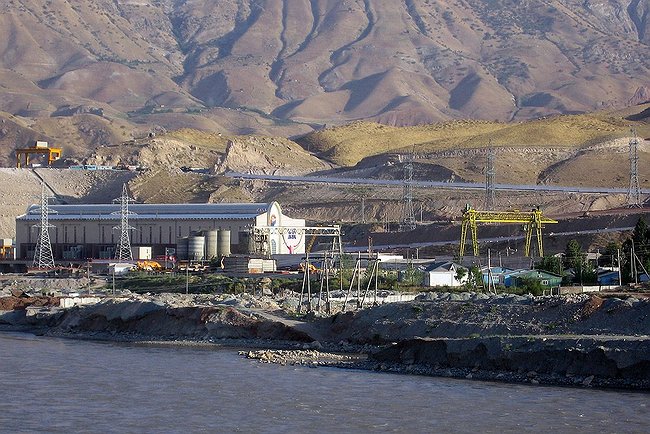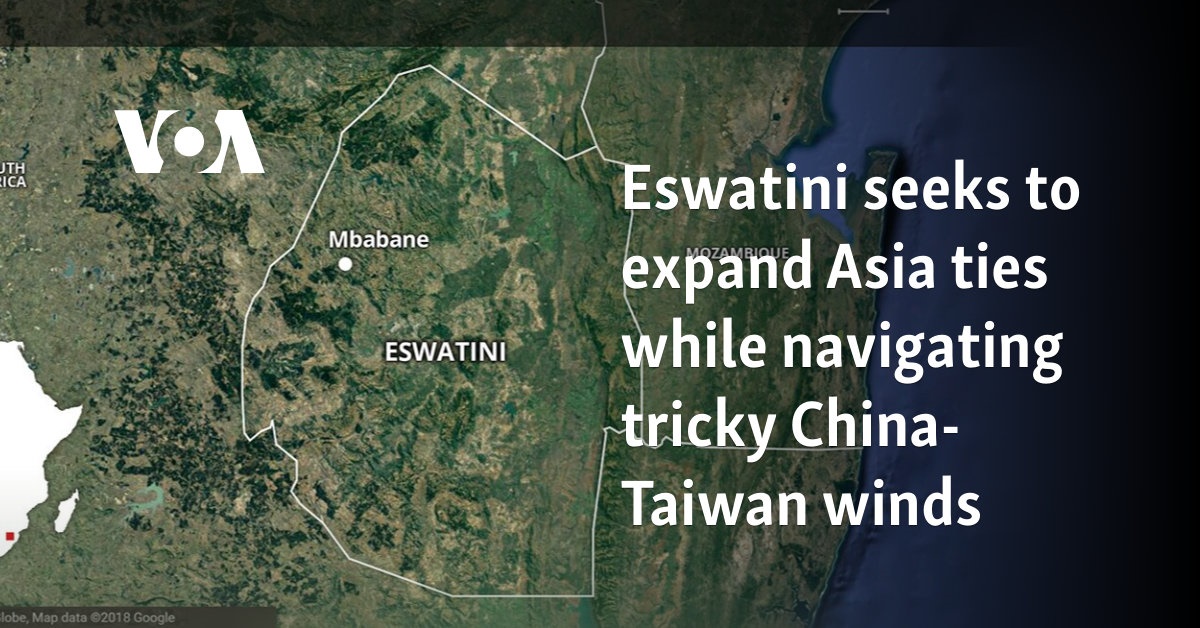Table of Contents
Tajikistan's Water and Energy Infrastructure: Challenges and Opportunities
Tajikistan, a mountainous landlocked country with a population of around 10 million, is rich in water and hydropower potential. The nation relies almost exclusively on hydro for electricity generation, with 95% of its electricity being generated by hydropower plants. However, the country's water infrastructure requires extensive investment, and only 55% of the population has access to safely managed drinking water services. Estimates suggest that Tajikistan will need a minimum investment of $800 million to ensure access to safe water supply services for the entire population by 2030.
Despite its enormous energy potential, Tajikistan often faces electricity shortages, and 10% of the population has no access to electricity. To address these challenges, Tajik energy officials are working to invest in the rehabilitation of power grids across the country. The nation is also actively working with international organizations to improve its energy and water infrastructure, with investments from organizations such as the World Bank and the European Bank for Reconstruction and Development.
Tajikistan is also seeking to establish close cooperation with other global actors, with Russia and China being key partners in the construction of hydroelectric power plants. The completion of the Rogun hydroelectric power plant will allow Tajikistan to supply sufficient electricity to its own population and increase exports to neighboring countries.
While water resources play a significant role in the country's sustainable development, there is a risk that the volume of water in Tajikistan may decrease due to climate change. As a result, the government aims to obtain 10% of its electricity from renewable sources, such as solar and wind, by 2030. Investments from countries such as the United States, Russia, and the United Arab Emirates are already being made to develop renewable energy projects in Tajikistan.
The potential of solar and wind energy in the country is high, but the authorities are expected to focus primarily on the development of the water sector. The upcoming Dushanbe Water Process conference aims to address water problems and climate change, highlighting the importance of water in sustainable development. As Tajikistan continues to work towards improving its water and energy infrastructure, water could serve as the basis for the nation's economic growth.








